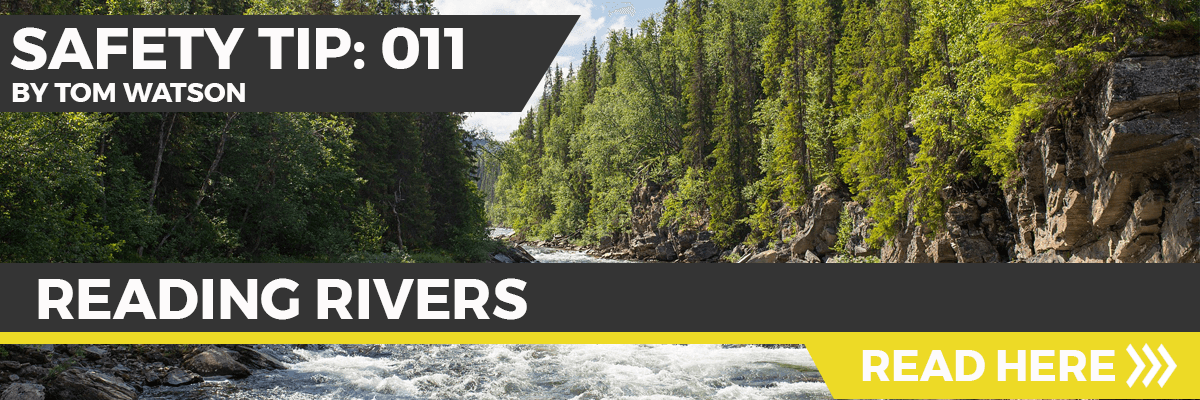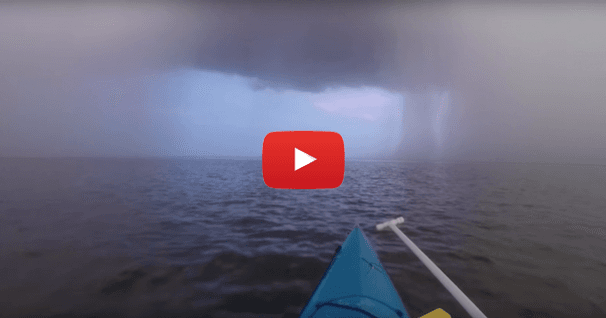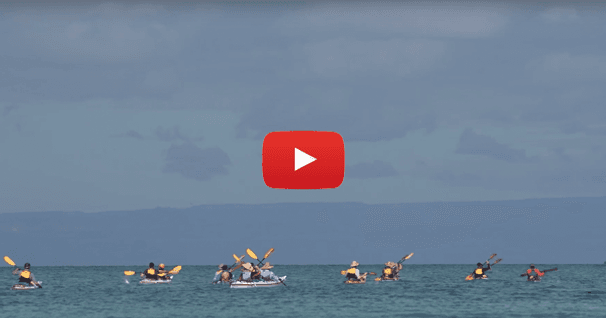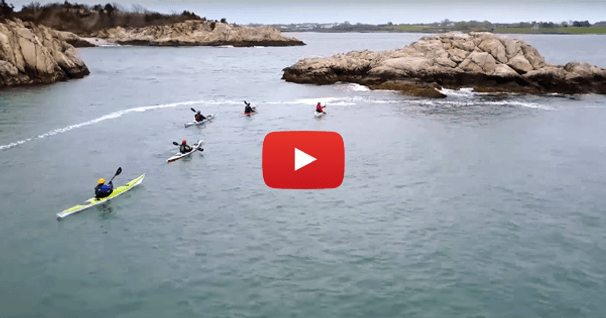Reading Rivers

Driving a car safely involves much more than merely focusing only as far ahead as the taillights of the car in front of you. Same goes for “reading” a river beyond the bow of your canoe or kayak. Even familiar waterways can have broad swings in their personality and landscape that constantly require paddlers to hone their on-water“reading” skills.
Meander channels and river bends mean we need to anticipate, read and respond to visual clues upon short notice. Some of those warning/caution signs are:
- Rising/lower water indications along bank, in channel - heavy rains (local, upstream, over tributaries) all affect the volume of a river, which in turn affects the force, rate of flow and amount of debris and obstacles along your course);
- Waterflows over or around submerged objects create swells or distinct flow patterns in the water. Swells are caused by grounded object below the surface; downstream “V” indicates a course between or safely over rocks; Upstream pointing “V” means submerged rocks from point back downstream;
- A straight, horizontal “edge” or defined line across the channel may mean a ledge or drop - and deadly “hydraulic” turbulence immediately over and below it. Best to avoid/stop and scout if in doubt;
- Current tends to flow faster along outside of river bends, slower along the shorter, inner bend;
- High, steep slopes continue into river at same angle; shallow slopes likewise;
- Always anticipate dangers (rocks, sweepers, etc.) when coming around blind bends;
- Eddies - circular, clockwise-towards-the-bank flows - often occur immediately downstream of above surface obstacles (rocks, vertical walls, pilings, etc.) Some are smooth water havens while other create dangerous whirlpools;
- Man-made obstructions such as wing dams which may be above, at or below waterline, each affecting water flow differently (swells, eddies, etc.);
- Other visuals include changes in water color: darker=deeper; cloudy vs. clear may indicate shallows, sandbar, shoals, etc.)
Safe passage over waterways requires use of many of our senses and sensibilities!
50 years of lightweight, maneuverable, high-performing kayaks.
Check out this interview with Tom Keane, Eddyline Kayaks Co-Owner, on their journey!
Related Articles
Even if you do your research and check the weather before heading out, sooner or later every kayak…
Whenever you're paddling, there's safety in numbers and so it's generally not a good idea to paddle…
Here's a list of ten tips that I found useful when paddling with different groups. Paddling group…
A discussion on the use of a compass from a kayaking standpoint begins with basic compass savvy and then…






